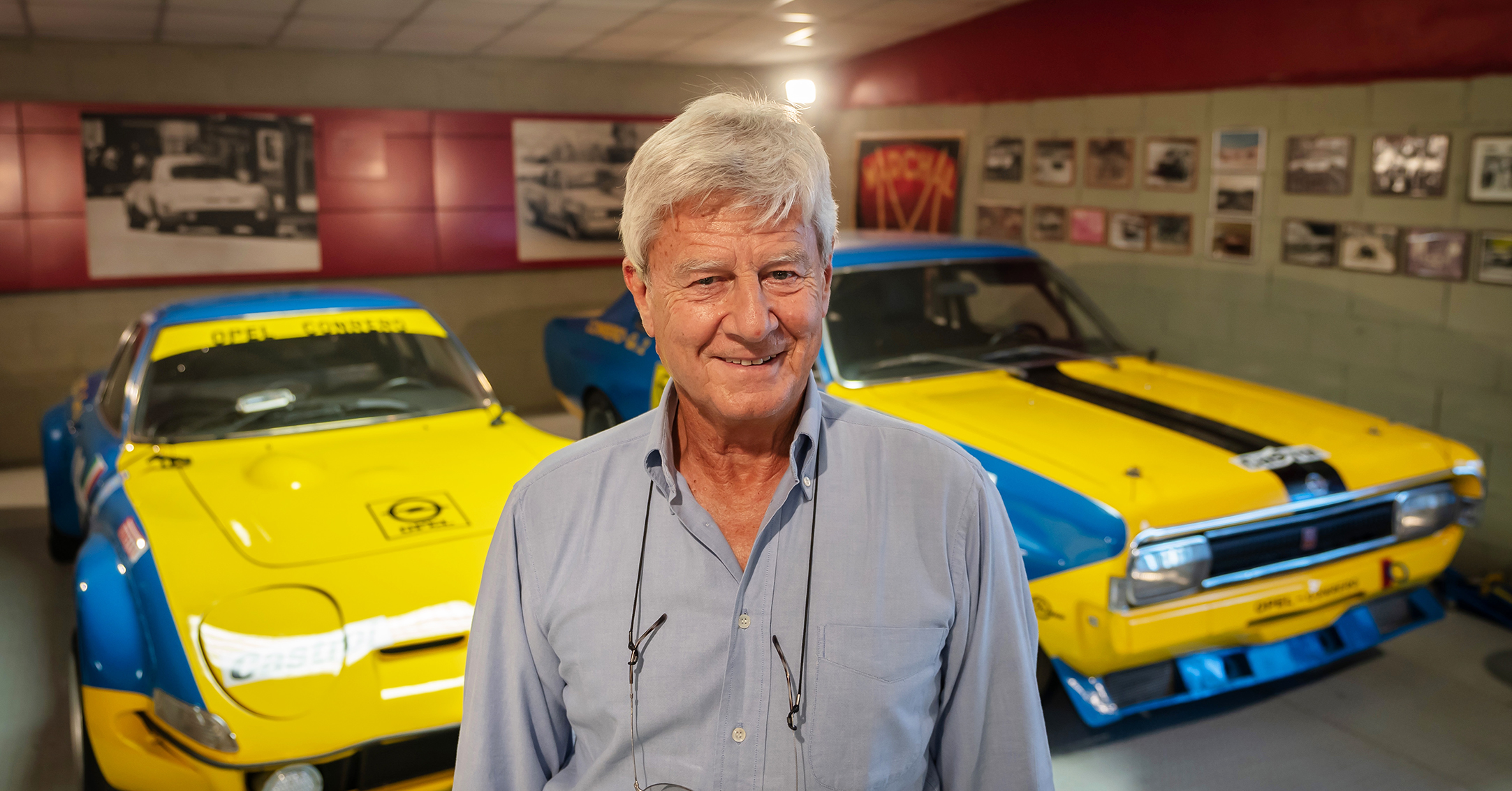Giorgio sits on a wooden bench and pours wine into three glasses. He smiles as gently as only someone whose life has been full can. “Salute!” he says calmly and raises the glass. As the wine glides over the tongue, we sense that this meeting has a lot of potential for getting lost. There are so many stories in Giorgio’s life that we desperately want to hear and write down: the incredible “Martini Racing Lancia” collection, the takeover of the Italian design and development office Zagato in the 1990s, or life as one of the largest Ferrari and Maserati dealers in Europe. And that’s just part of what Giorgio Schön is all about. No, we remain steadfast. And jump straight to the beginning of his racing career.
OK, Giorgio, how did it all start?
“Together with a friend, I put aside 10,000 lire every week. After a year we had a Mini Cooper S together and we started the 1968 Monte Carlo Rally with it. We didn’t make it to the finish – but our performance convinced Pirelli and the Jolly Club to supply us with tyres.“ Girogio didn’t tell his mother until two years later that he was racing. By then, he was already driving a Porsche 911. She just said, “Drive slowly!” He probably didn’t really follow the advice: In 1971, Giorgio won the Italian Sprint Championship with his Porsche – ahead of two fast works Opel GTs. The car manufacturer from Rüsselsheim then signed him up for the 1972 season. Schön started in the Monza 4 Hours with the 3.0-liter Commodore A and in the “real” Targa Florio with the Opel GT.
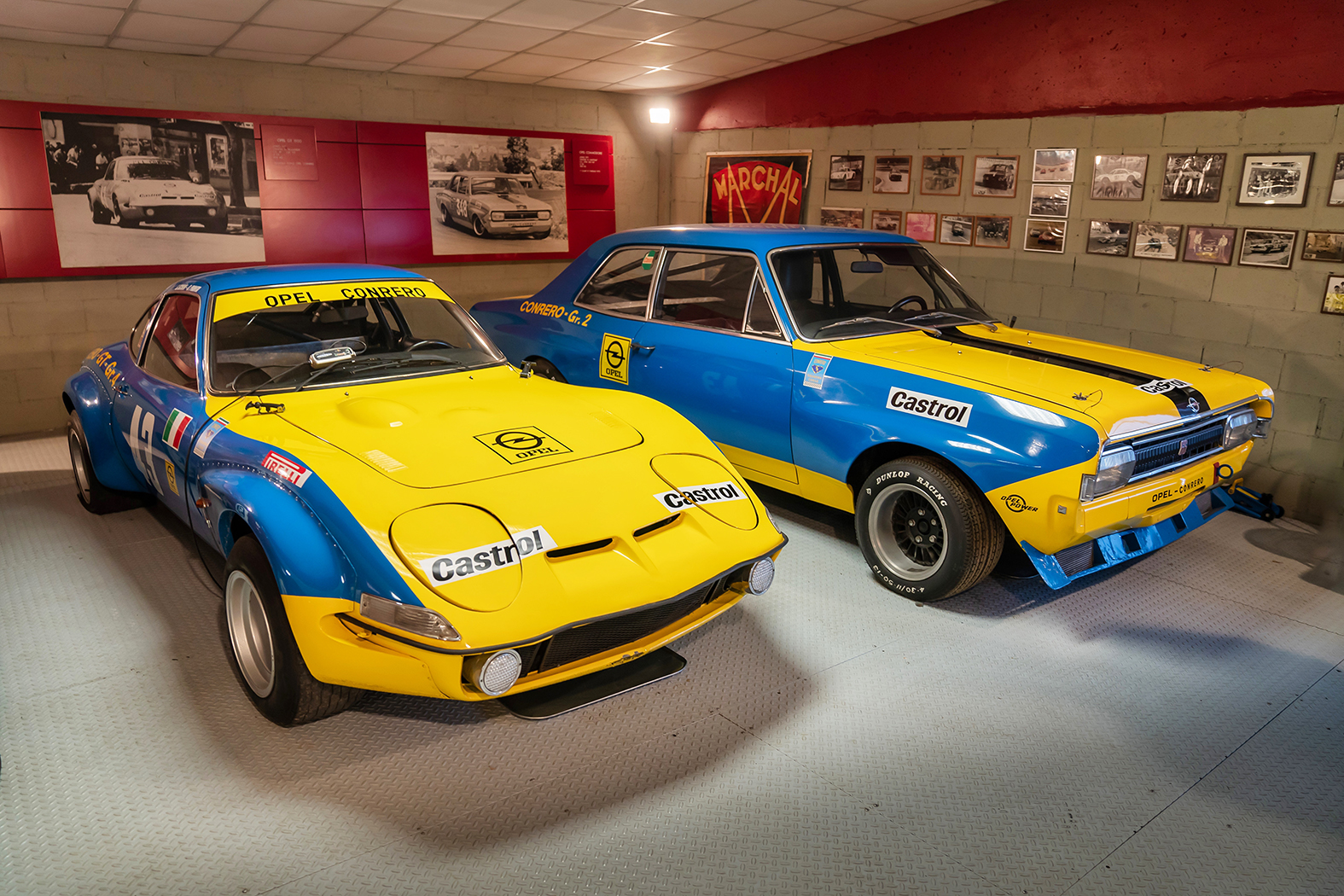
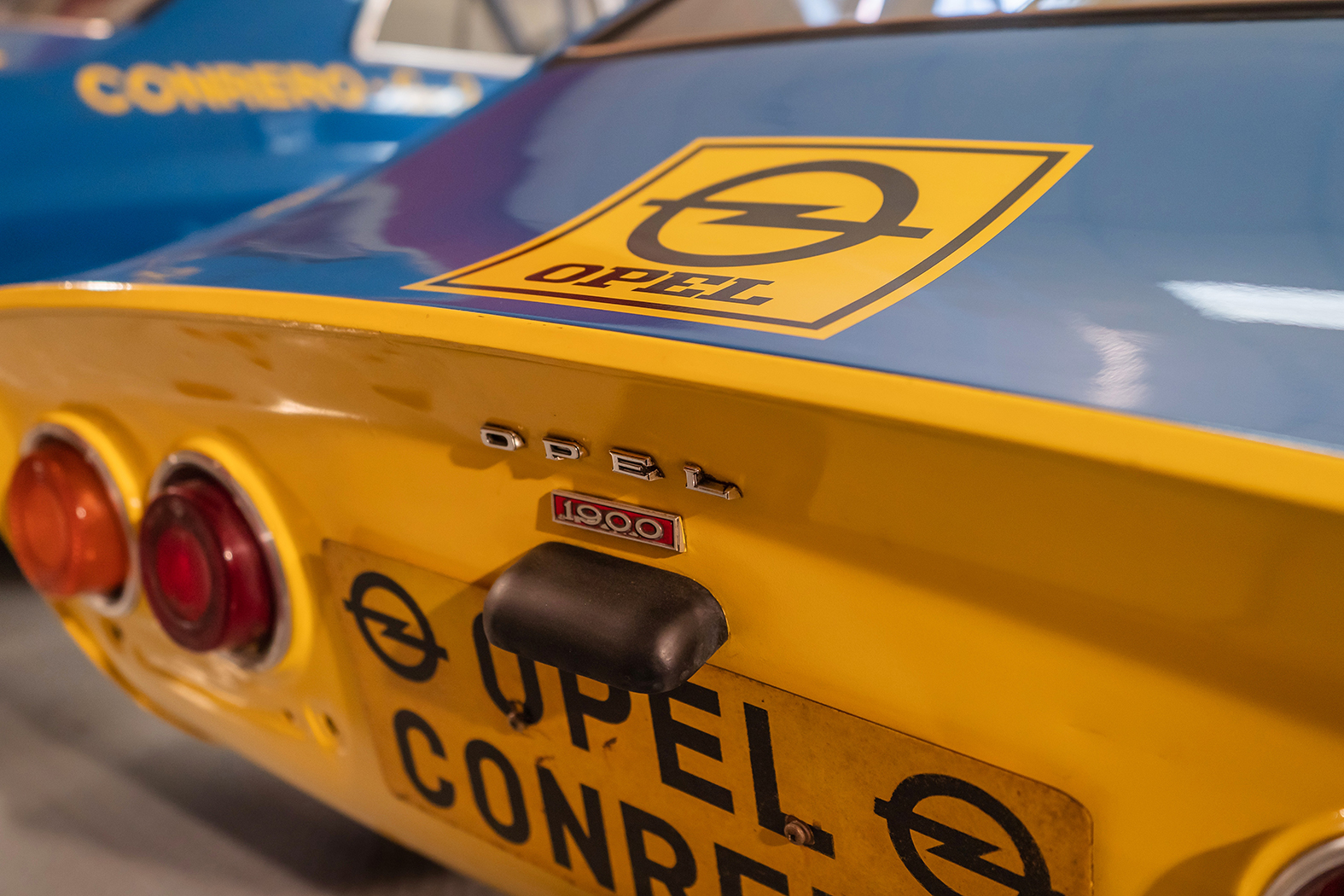
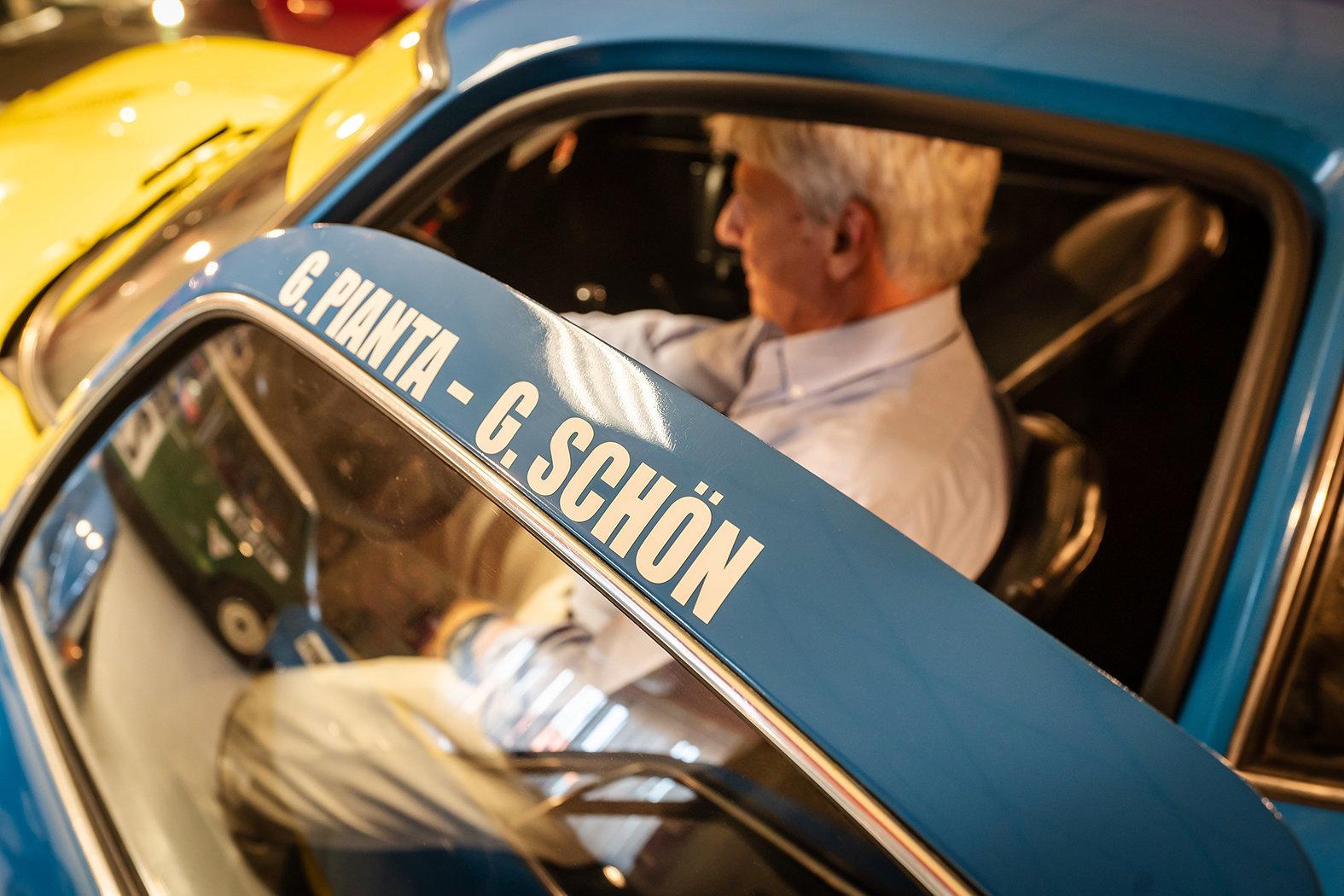
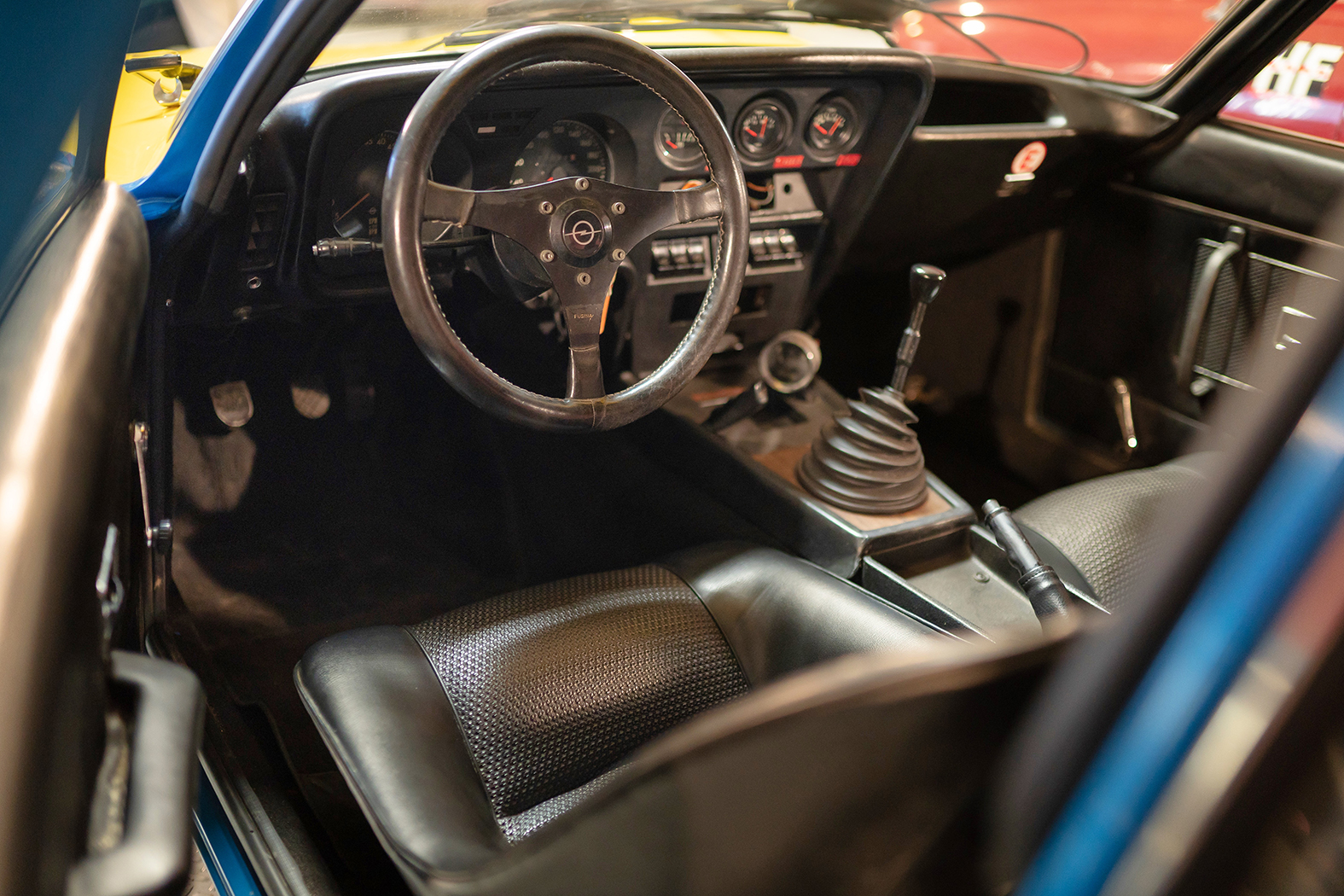
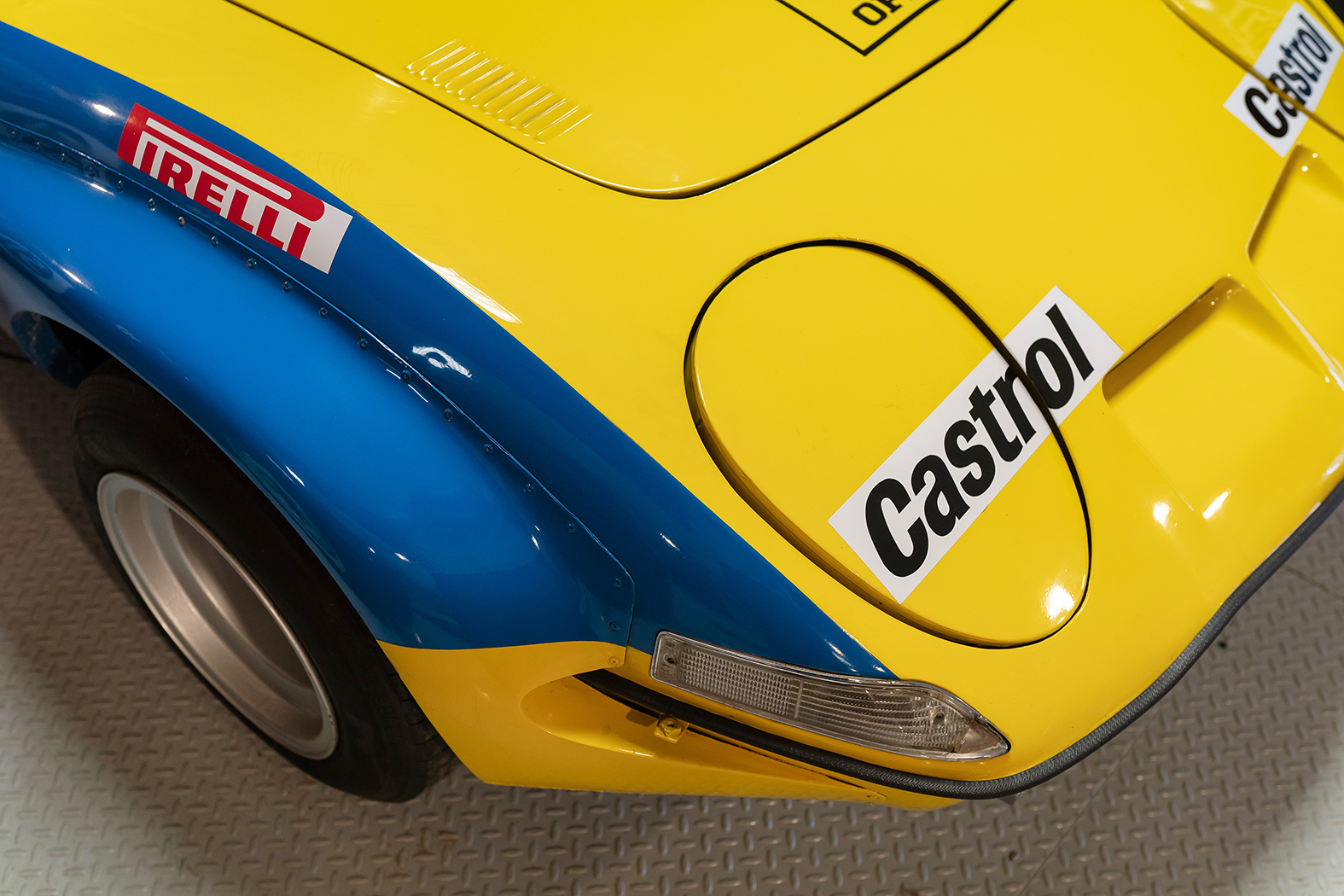
In the world of fast cars, Virgilio Conrero is known as “Il Mago”, the magician.
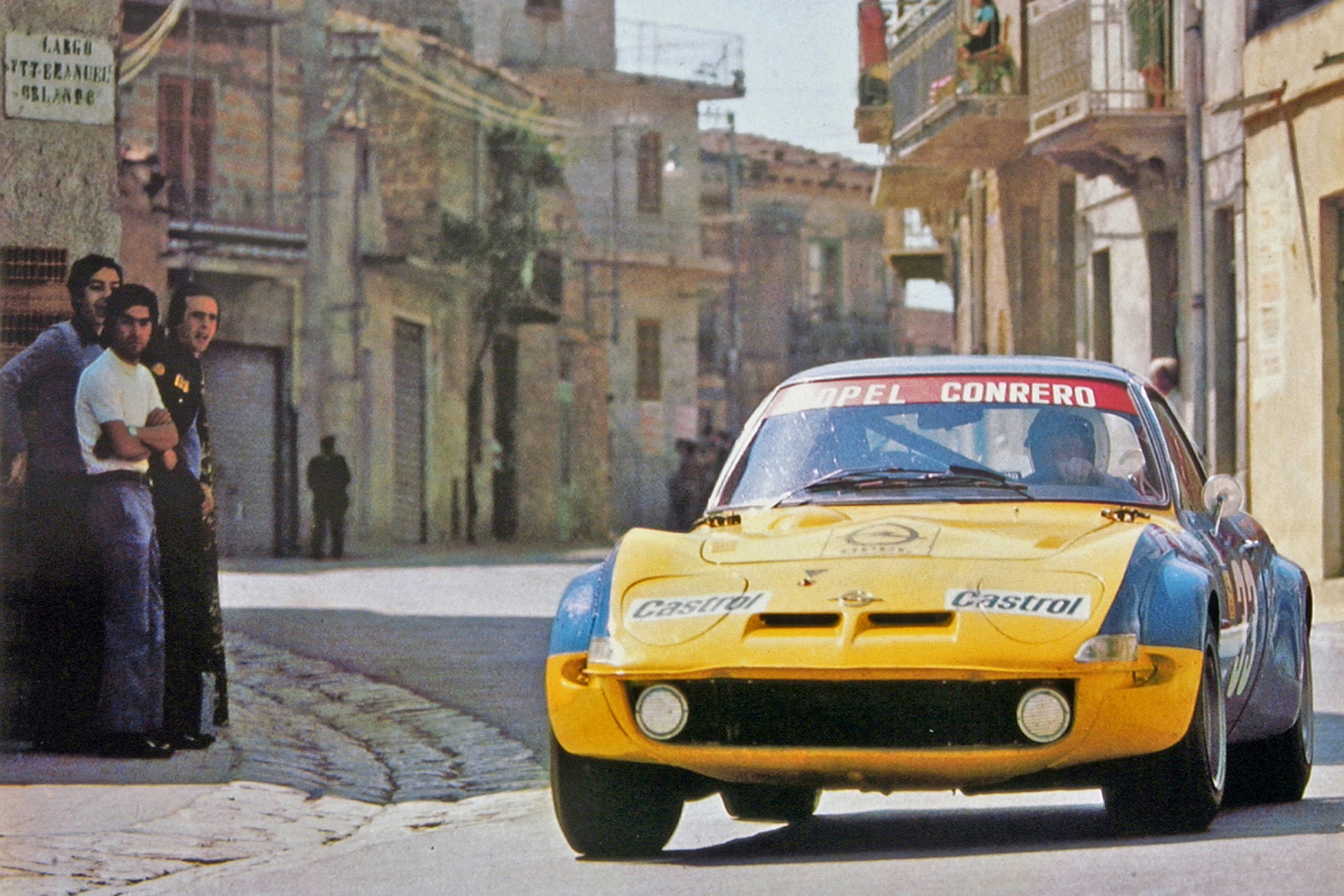
At this point we treat ourselves to another sip of red wine; because we have reached the destination of our journey. It’s about these two Opels. Two blue and yellow pieces of jewelry that Giorgio Schön only drove for one season – but despite all the Porsches, Lancias and Alfas, he never forgot them. A few years ago, he wanted to have the racing cars for himself. But you could only buy them with a complete collection. So Giorgio bought the collection and gradually sold the other cars. And had his two Opels again. “I had a good time with both of them,” he says calmly, taking another sip before showing us the Opels in detail.
What makes the two Opels so special?
The blue and yellow GT in particular made history. It began with Romano Artioli – president of the Italian GM dealers, Opel dealer and owner of the “Garage 1000 Miglia” in Bolzano at the end of the 1960s. In 1969 he received the first GT delivered to Italy and recognised the car’s potential. He immediately knocked on the door of Virgilio Conrero, known in the world of fast cars as “Il Mago”, the magician. The tuner from Turin was supposed to turn the GT into a racing car that would shake up the 2.0-litre class in Italy. At that time, it was dominated by fast Porsches. Conrero initially refused, but later got down to work. Even if he saw little chance of beating the four- and six-cylinder Porsches. In addition, there was no group 4 homologation at the time. Conrero thoroughly revised the GT, increasing its power output to more than 180 hp and turning it into a competitive racing car.
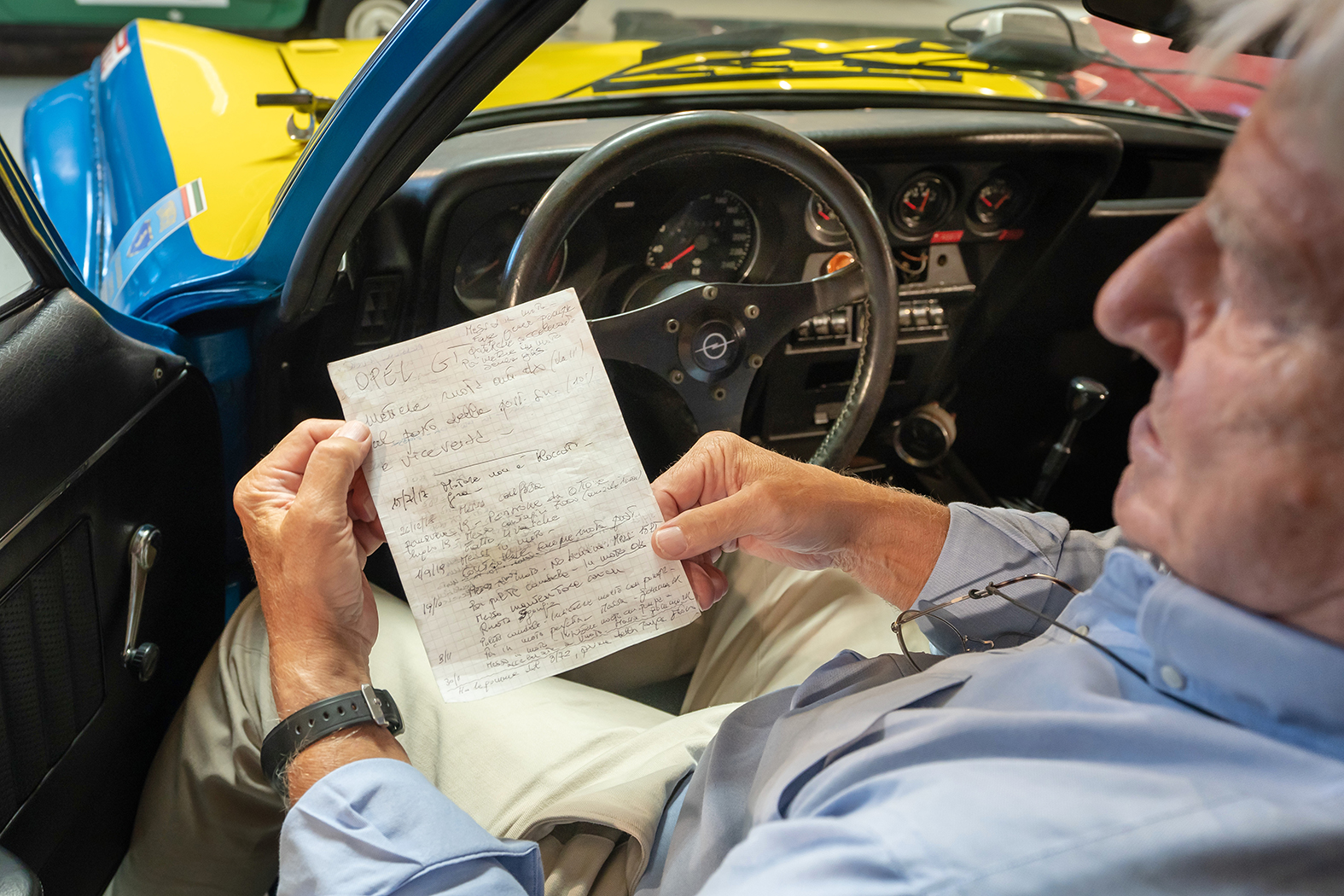
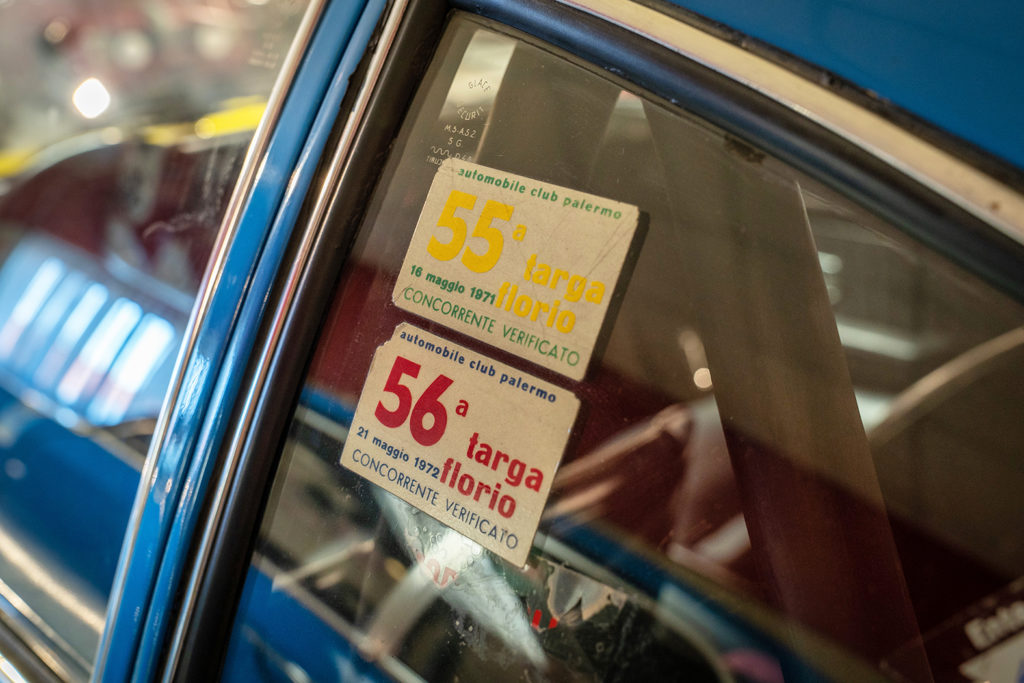
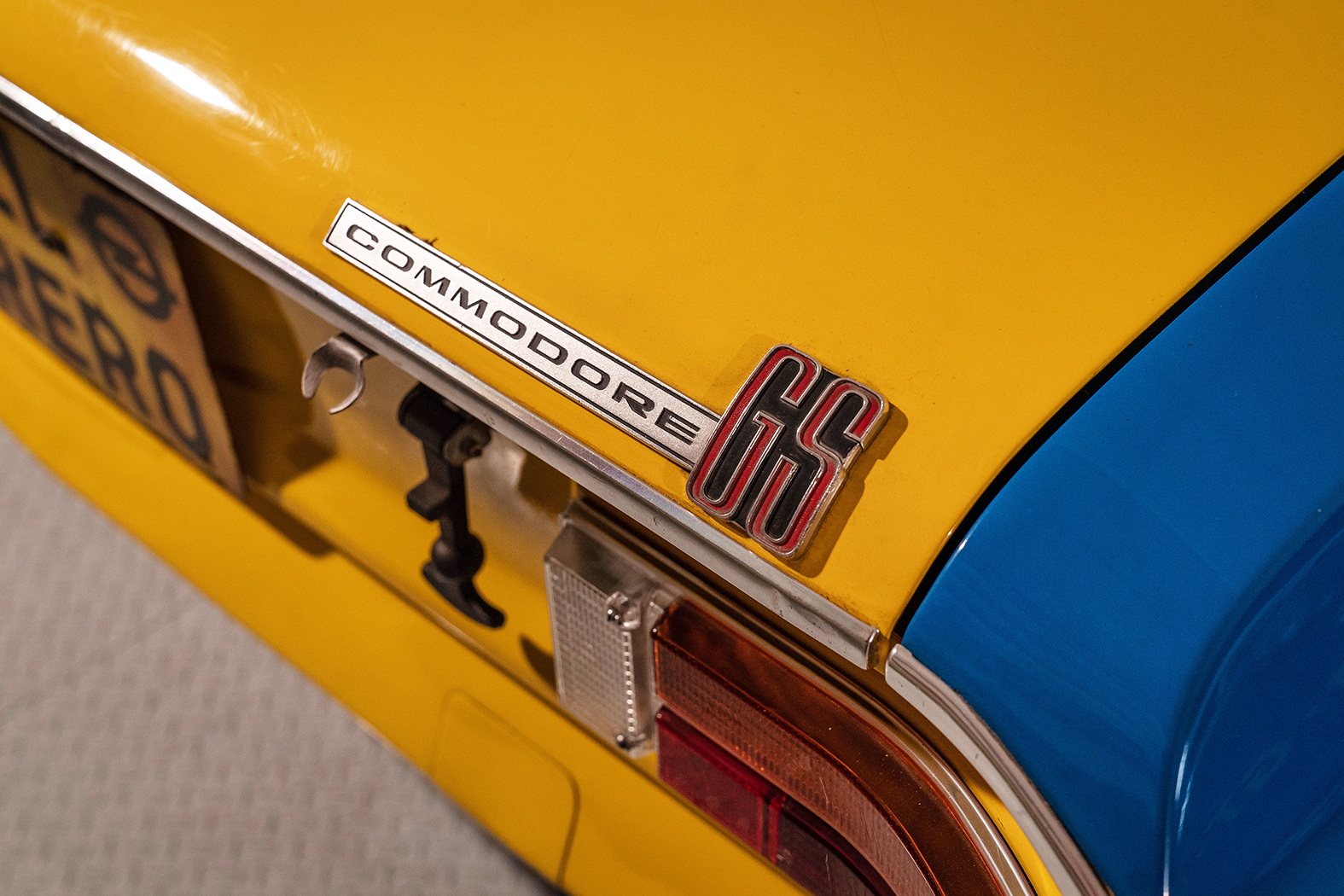
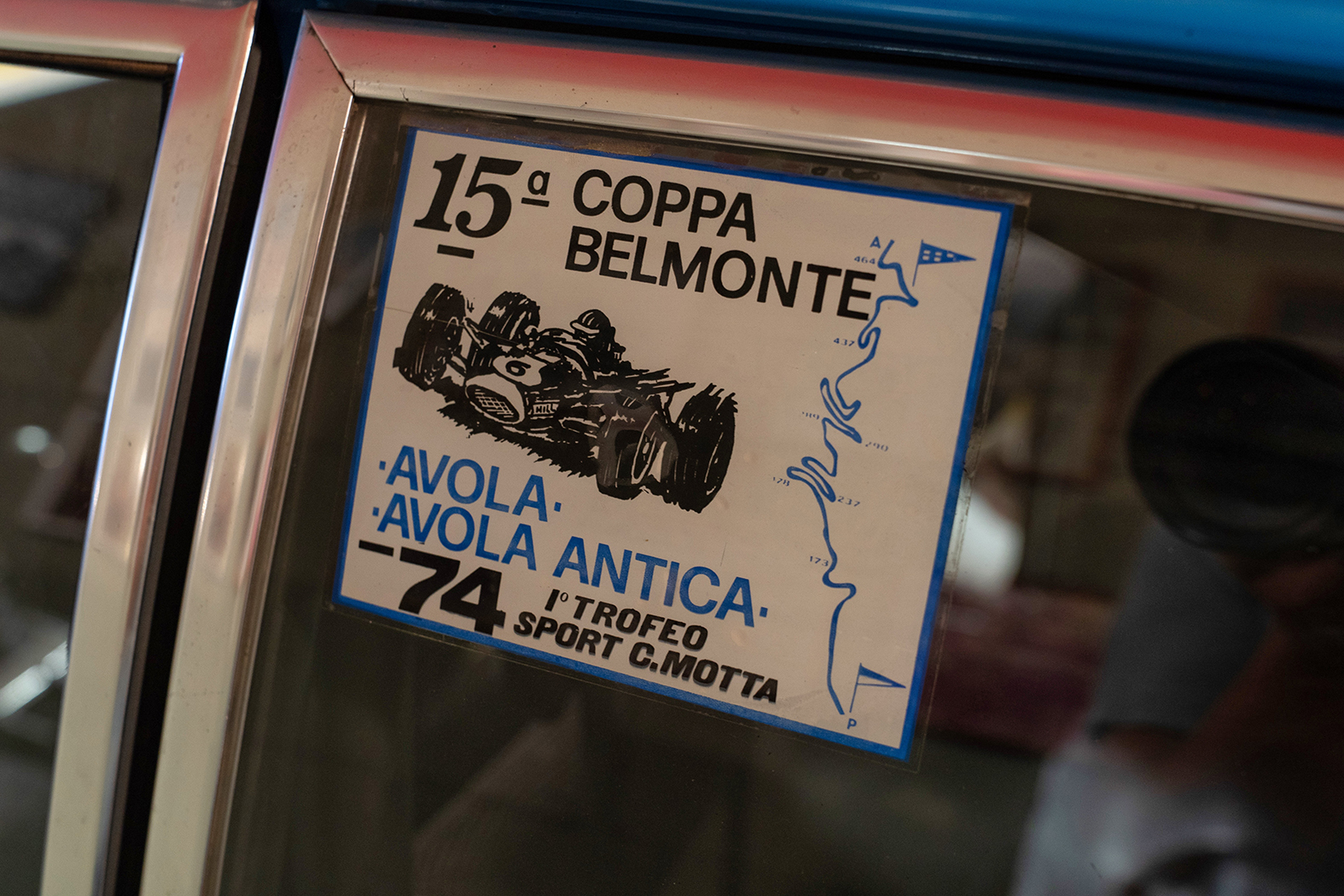
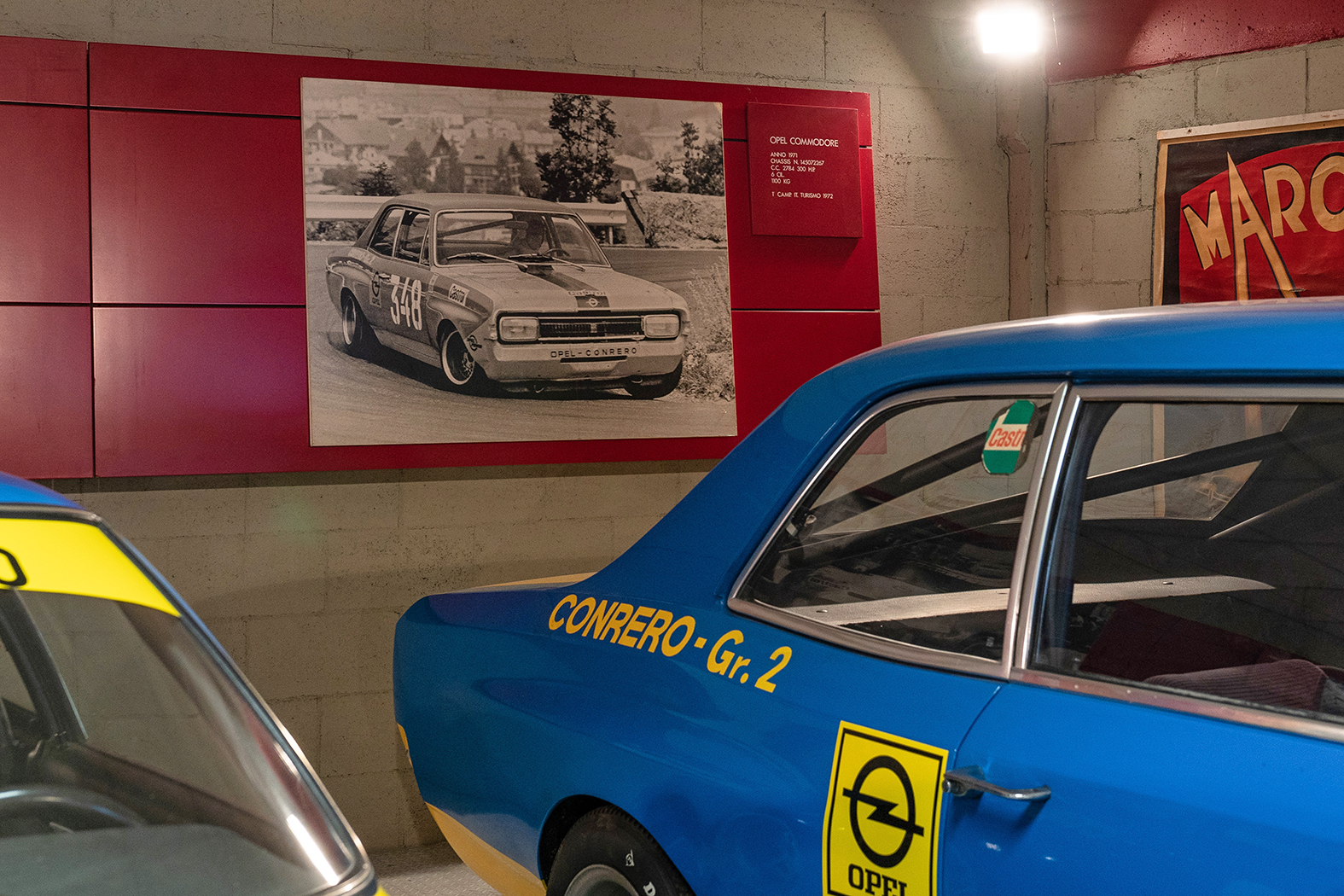
At the beginning of the 1970s, it was not only possible to annoy the Porsches, but also beat them.
Success didn’t take long to arrive. At the beginning of the 1970s, the Conrero racing team not only managed to annoy the Porsches in the 2.0-liter class, but even beat them. Especially at the “Targa Florio” in 1971, a round of the manufacturers’ world championship in which Salvatore Calascibetta and Paolo Monti took class victory. On top of that, they also claimed a top10 placing, finishing ninth overall in a top international field.
October 2023
